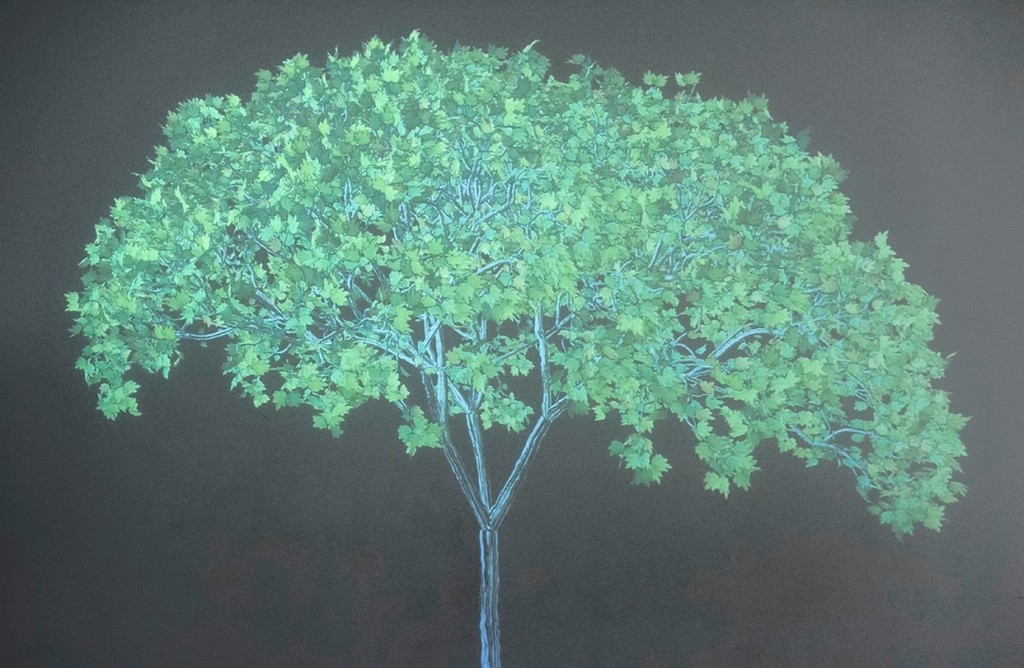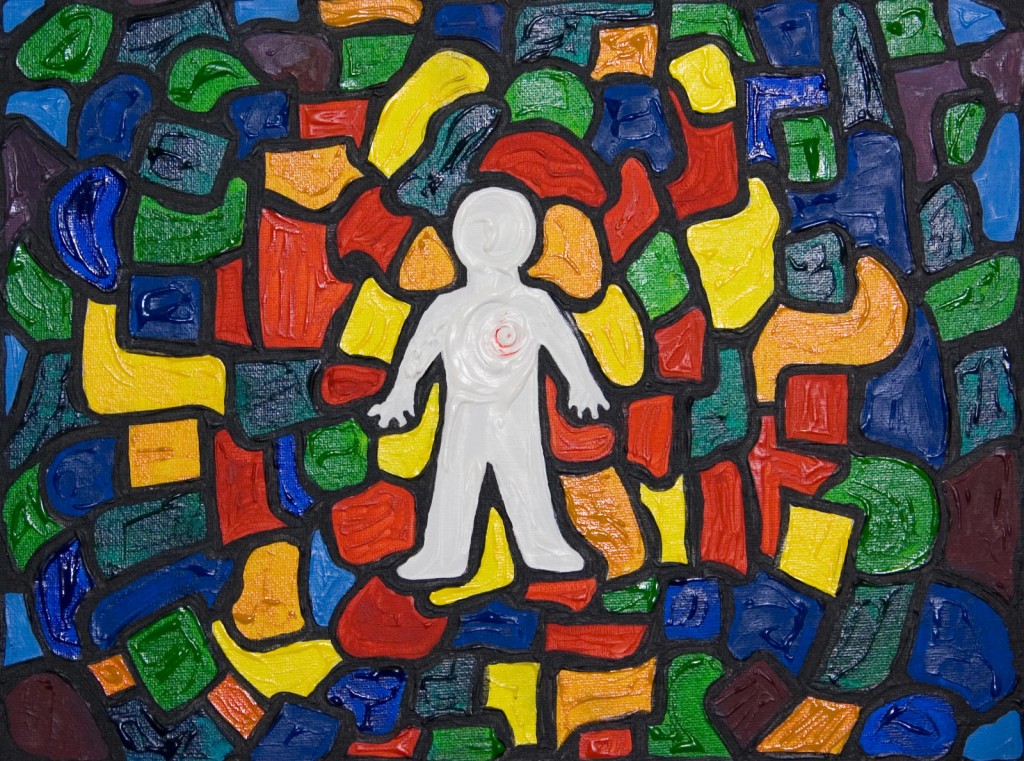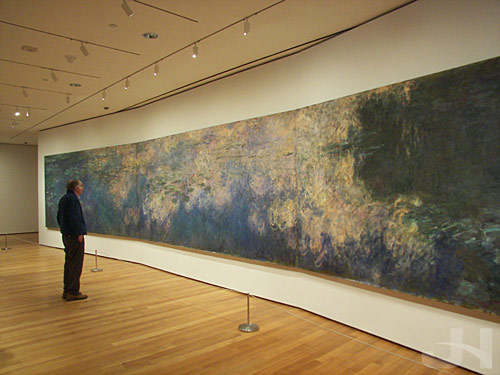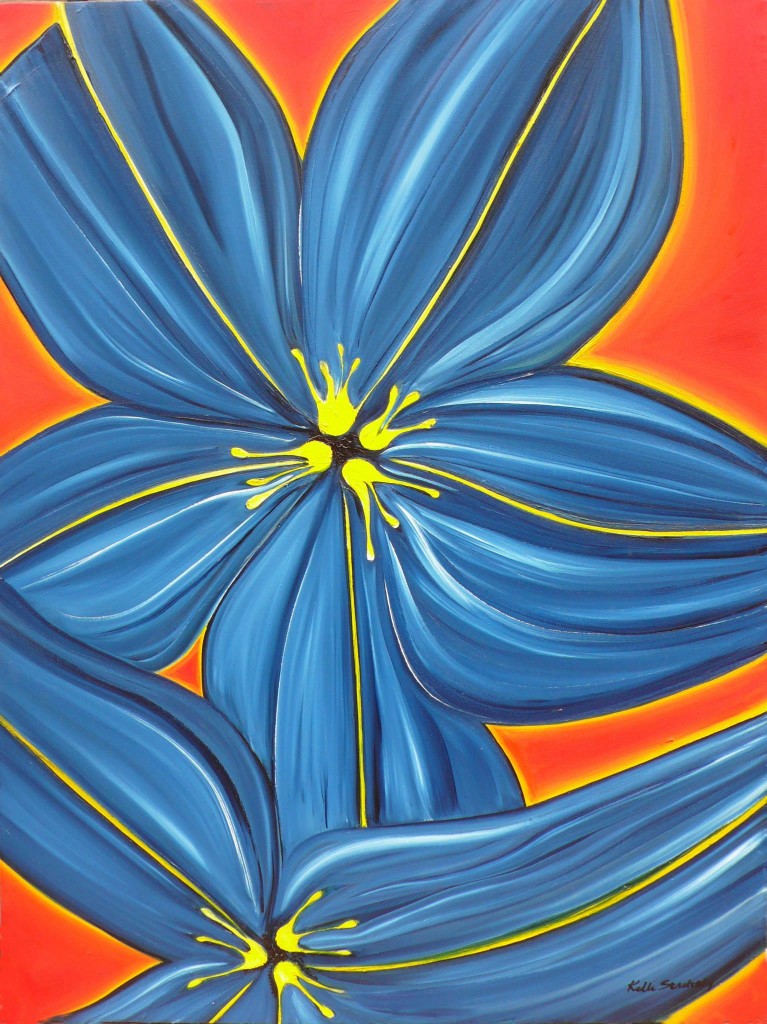
“Nanda, who has a doctorate in architecture with a specialization in health-care systems and design, says scientific studies show that art can aid in the recovery of patients, shorten hospital stays and help manage pain. But she says it has to be the right art — vivid paintings of landscapes, friendly faces and familiar objects can lower blood pressure and heart rate, while abstract pictures can have the opposite effect.”
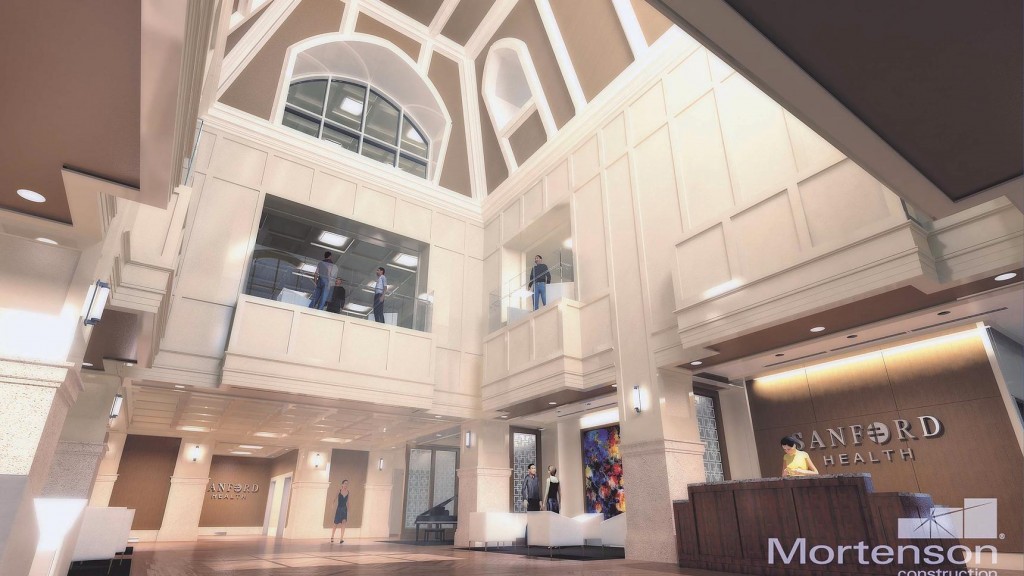
“Studies have demonstrated links between the physical environment and patient outcomes in several areas, according to research cited by the Center for Health Design:
Reducing staff stress and fatigue and increasing effectiveness in delivering care.
Improving patient safety.
Reducing stress and improving outcomes.
Improving overall health quality.”

“Instead of simply treating the outcomes of bad habits, design allows us to create interactions that systematically motivate people to make sustainable changes in their own lives. We can design interventions that target not only the physical body, but also the mind, social situation, environment and internal motivation that drive behavior change.”

“This report features award winning new hospital architecture, hospital art and their impact on the health of patients.”
“Research has shown the thoughtful use of colours, lights, art, texture and performing arts in hospitals can aid a person’s recovery, and create a lasting impression to everyone who visits and works there.”
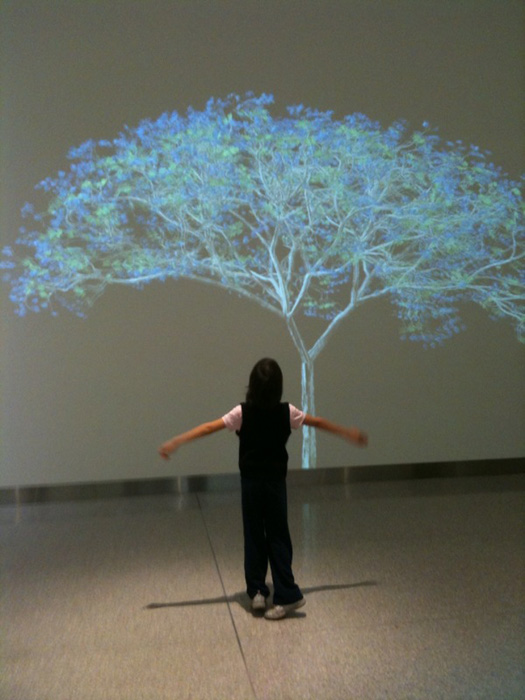
“While hospitals around the country are beginning to embrace the beauty of a restorative environment in the healing process, New York School of Interior Design (NYSID) is training interior designers to specialize in assisting healthcare facilities and hospitals to curate an environment designed for healing.”
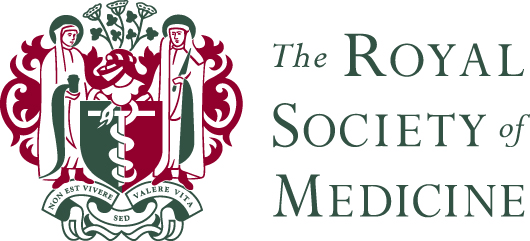
“In 2006 a Department of Health Working Group on Arts and Health reported that the arts have ‘a clear contribution to make and offer major opportunities in the delivery of better health, wellbeing and improved experience for patients, service users and staff alike’.”
“The fact that patients frequently express a preference for landscape and nature scenes is consistent with this observation and with evolutionary psychological theories which predict positive emotional responses to flourishing natural environments.”

‘”If an art installation gets a patient out of his room or paintings take a person’s mind off their pain and lower their stress levels, the art isn’t just decorative anymore. It’s part of the entire model of care,” said Harris, who oversees a $1.5 million art program, funded entirely by philanthropic donors, that launched last December.’

“The arts are essential to the health and vitality of our communities and our nation. They improve the quality of life in our cities and town. They enhance community development; spur urban renewal; attract new businesses; draw tourism dollars; and create an environment that attracts skilled, educated workers and builds your third millennium workforce.”

‘”That awe, wonder and beauty promote healthier levels of cytokines suggests that the things we do to experience these emotions — a walk in nature, losing oneself in music, beholding art — has a direct influence upon health and life expectancy,” said UC Berkeley psychologist Dacher Keltner, a co-author of the study.’

“Hospitals are turning to art as part of a broader push to create a healing environment as studies show that visual art can help reduce stress for patients and increase satisfaction with care. Dr. Iva Fattorini and Jennifer Finkel, who are both involved with art at the Cleveland Clinic, discuss on Lunch Break with Tanya Rivero.”

“More specifically, there is evidence that engagement with artistic activities, either as an observer of the creative efforts of others or as an initiator of one’s own creative efforts, can enhance one’s moods, emotions, and other psychological states as well as have a salient impact on important physiological parameters.”
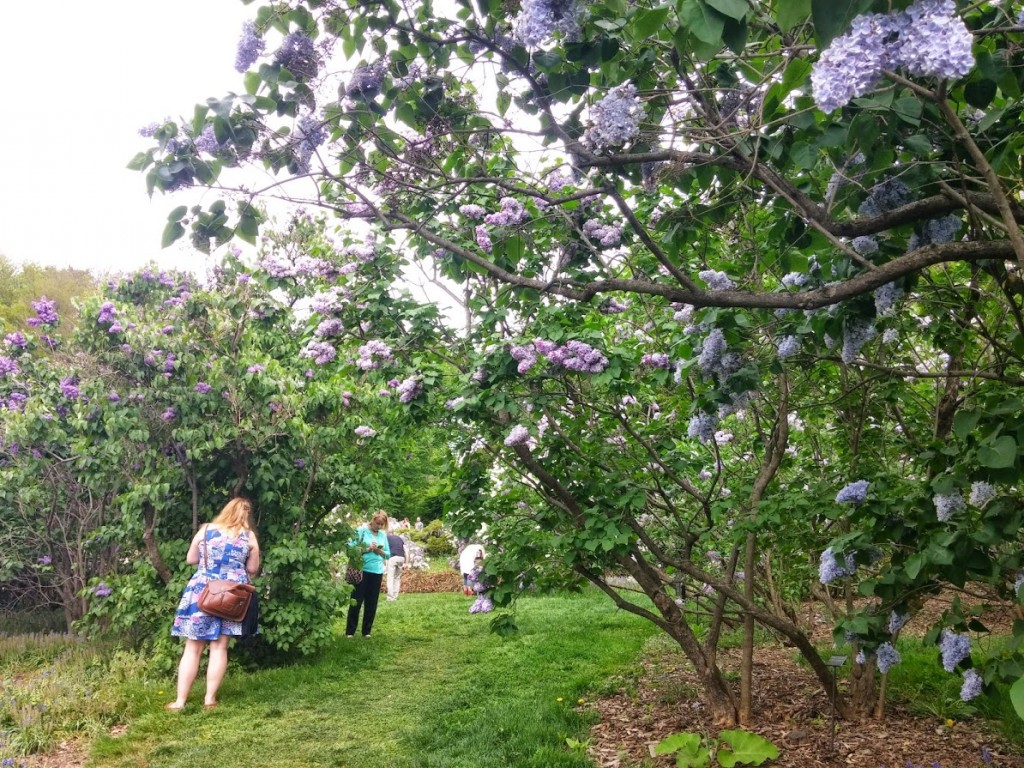
“Increase connection to nature. A number of studies have presented strong evidence that even 3 to 5 minutes of contact with nature can significantly decrease stress, reduce anger and fear, and increase pleasant feelings.8-11 This calming effect can be achieved by providing views to the outside, interior gardens or aquariums, or artwork with a nature theme.”





